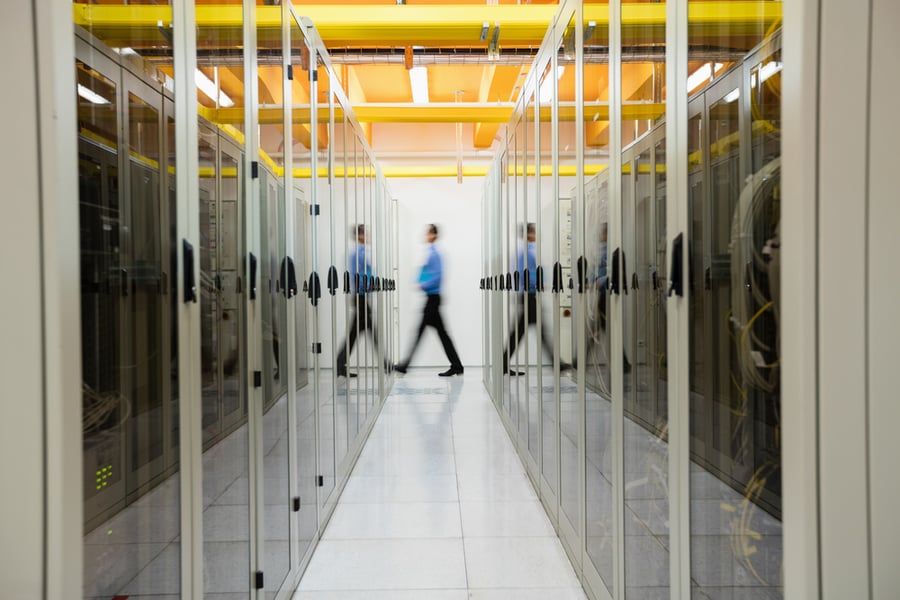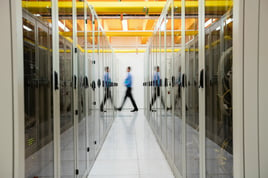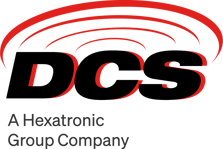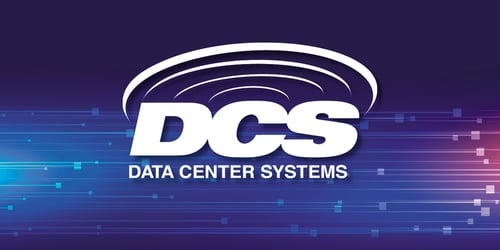
When it comes to data center terminology you may know DC from your CR, but you most likely are more invested in your ROI rather than understanding cold aisles vs. hot aisles. DCs or data centers have their own terminology even from CRs or computer rooms.
Your return on investment or ROI on a data center may very well be a function of data center design including factors such as cold aisles – aisles where racks face forward into the aisle and airflow is directed so that it can enter the front of the racks in a an efficient manner – and hot aisles -- aisles between two rows of racks where the heat from the back of the equipment discharges.
Even when we talk about a “data center” we may be envisioning and referencing different templates as there are five main types of data centers: colocation, enterprise, hyperscale, edge, and carrier hotels.
five main types of data centers: colocation, enterprise, hyperscale, edge, and carrier hotels.
“All types of data centers provide power, space, and connectivity. Yet the size, location, and connectivity of a data center changes the types of customers it can serve,” notes industry resource datacenterHawk.
Let’s look at each type of data center:
Colocation Data Center
In a colocation data center or colo, customers lease or rent space, storage, power, cooling, equipment, physical security, and bandwidth. Colocation data centers can house 100s of customers to 1,000s of customers. Colocation allows for a wide variety of options with customers able to rent 100s of cabinets or even just share a single cabinet with others.
The dot.com boom of the 1990s gave rise to colocation data centers as companies, who did not want to invest in their own on-premises data centers, looked for flexibility and scalability in a fast-moving environment. Some large colocation data center providers include: Equinix, Cyxtera, Tierpoint, Iron Mountain, Data Foundry, Digital Realty, CoreSite, Flexential, DataBank, CyrusOne, and QTS.
Enterprise Data Center
Some companies still prefer to own and operate their own data centers, though these so-called enterprise data centers are on the wane. Gartner Research VP David Cappuccio estimated in his influential 2018 article “The Data Center is Dead” that 80 percent of enterprises will have shut down their traditional data centers by 2025 – up from 10 percent at the time.
DatacenterHawk says that companies have some valid reasons for maintaining their legacy data centers: “Some choose this path because they want the privacy and security of their own facility. Companies with larger requirements might choose this strategy to control costs.”
Enterprise data centers can be on-premises in dedicated rooms or floors of buildings but can be in dedicated facilities off-site.
Hyperscale Data Center
As the name implies, hyperscale data centers are large, scalable facilities. Hyperscale data centers generally have at least 10,000-square feet and minimum of 5,000 servers under roof but some of these massive data centers can house hundreds of thousands or even millions of servers.
Hyperscale data centers were first the domain of large, public cloud providers and as of 2017 it was estimated that four companies – Amazon, Google, IBM and Google – had built and were maintaining some half of the hyperscale data centers worldwide.
It was estimated in 2019 that 500+ hyperscale data centers were located around the world. Typically, a hyperscale data center is a type of wholesale colocation designed to meet the operational, technical, and pricing requirements of giant IT companies such as Amazon and Alibaba.
The Citadel TAHOE RENO 1 facility is perhaps the world’s largest hyperscale data center with 1.4 million square feet and 130 megawatts of power capacity, and that’s just the start with ultimately another 5.9 million square feet and 520 megawatts of power to be added.
Edge Data Center
The latest trend in data centers is the placement of smaller facilities closer to users and where the data is being generated and consumed. These edge data centers are important for applications that require low latency such as autonomous driving.
Edge data centers, according to TIA, can take different forms including placement in:
- Modified cell tower shelter
- Modified cabinet
- Drop and plug shelter
- Drop and plug cabinet
- IDF closet in a building
- Co-located in a central office or data center
- In a box on a light pole or similar location
Pwc says edge data centers will triple by 2024, driven in part by the arrival of 5G, proliferation of IoT devices, and other emerging technologies such as AR and VR.
Carrier Hotels
Carrier Hotels, such as the One Wilshire building in Los Angeles, are primary internet exchange points for data in their area. Network providers share space in carrier hotels which not only house data center infrastructure but are built out with fiber optic connections and telecom equipment.
How vital are carrier hotels? Consider that roughly one-third of all internet traffic from the U.S. to Asia passes through the 30-story One Wilshire building in Los Angeles. In Texas, Equinix has been expanding the already massive carrier hotel, the Dallas Infomart which already had 1.6 million square feet dedicated to telecom tenants and network providers.
Hybrid Approach May be the Data Center Future
While the above five different types of data centers give enterprises a lot of data center options, the reality is that more than one approach can be incorporated into an IT strategy. Cappuccio in his article estimates that by 2025, 85 percent of infrastructure strategies will integrate on-premises, colocation, cloud and edge delivery options, compared with 20 percent in 2020.
Data Center Systems (DCS), which helps some of the largest data centers in the world operate efficiently, can help your enterprise with a connectivity solution that fits your specific needs.
Contact DCS today to learn how we can create a data center infrastructure foundation that will meet your organization’s future technology and scalability requirements.
Subscribe to News
LATEST NEWS
Thursday May 9, 2024
Wednesday September 22, 2021







